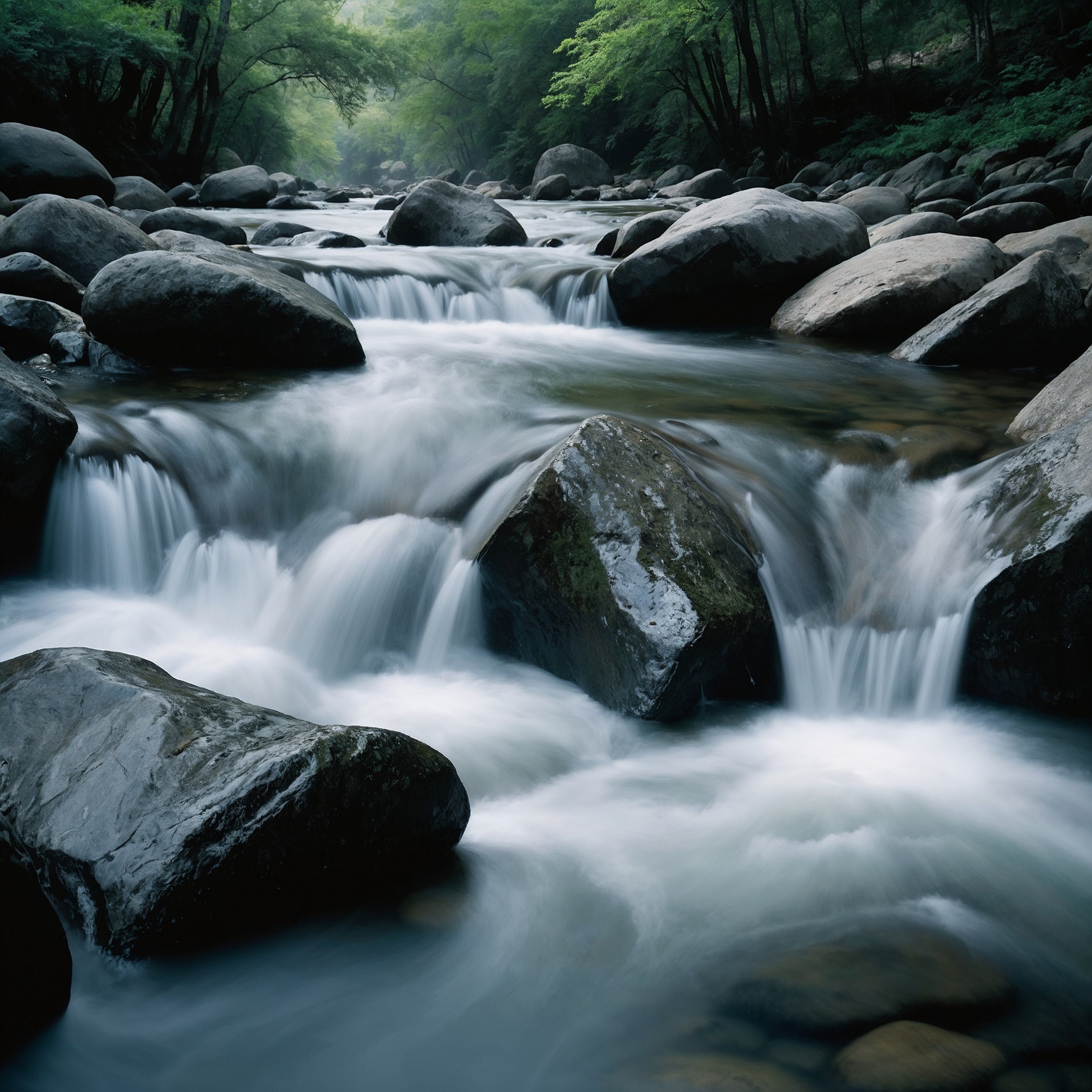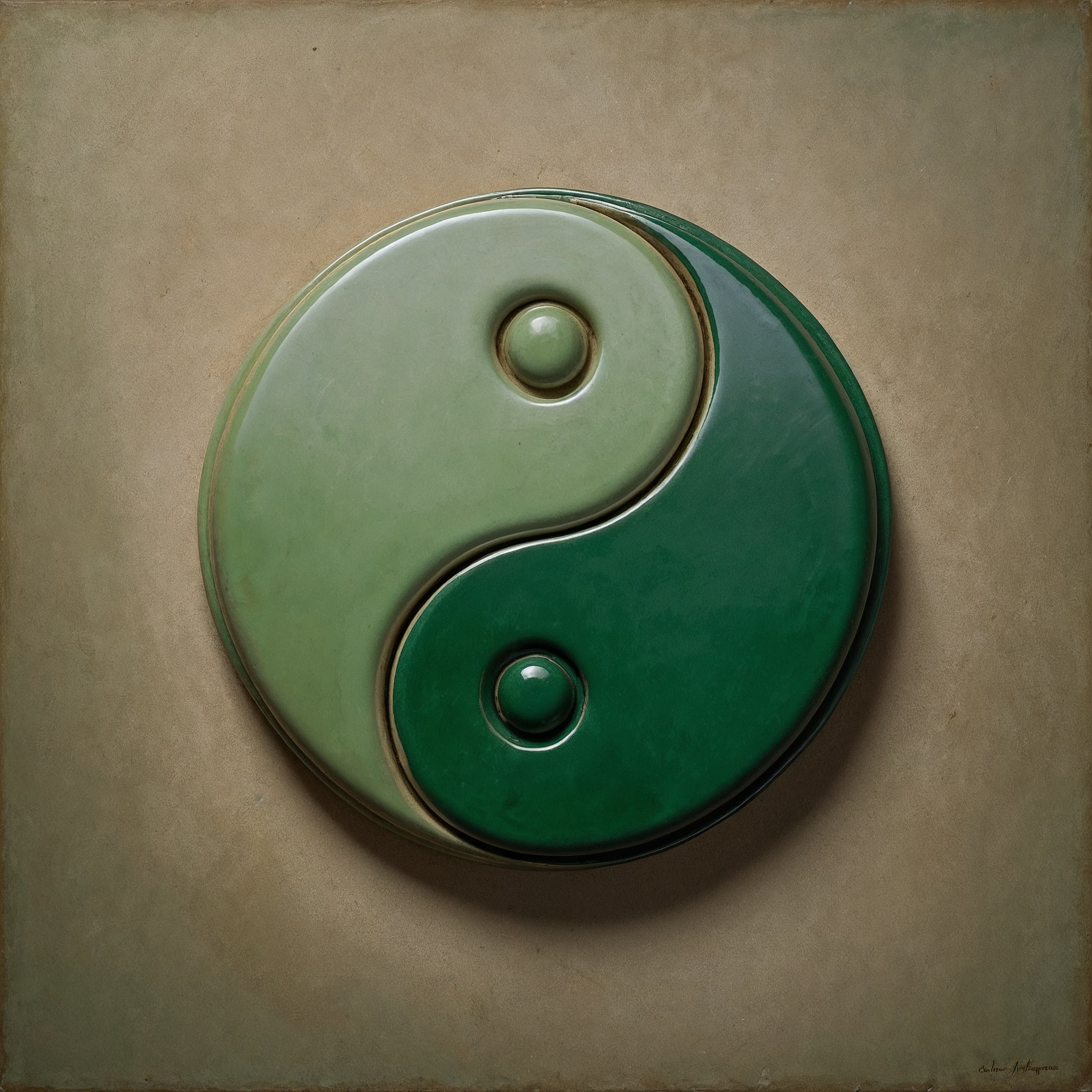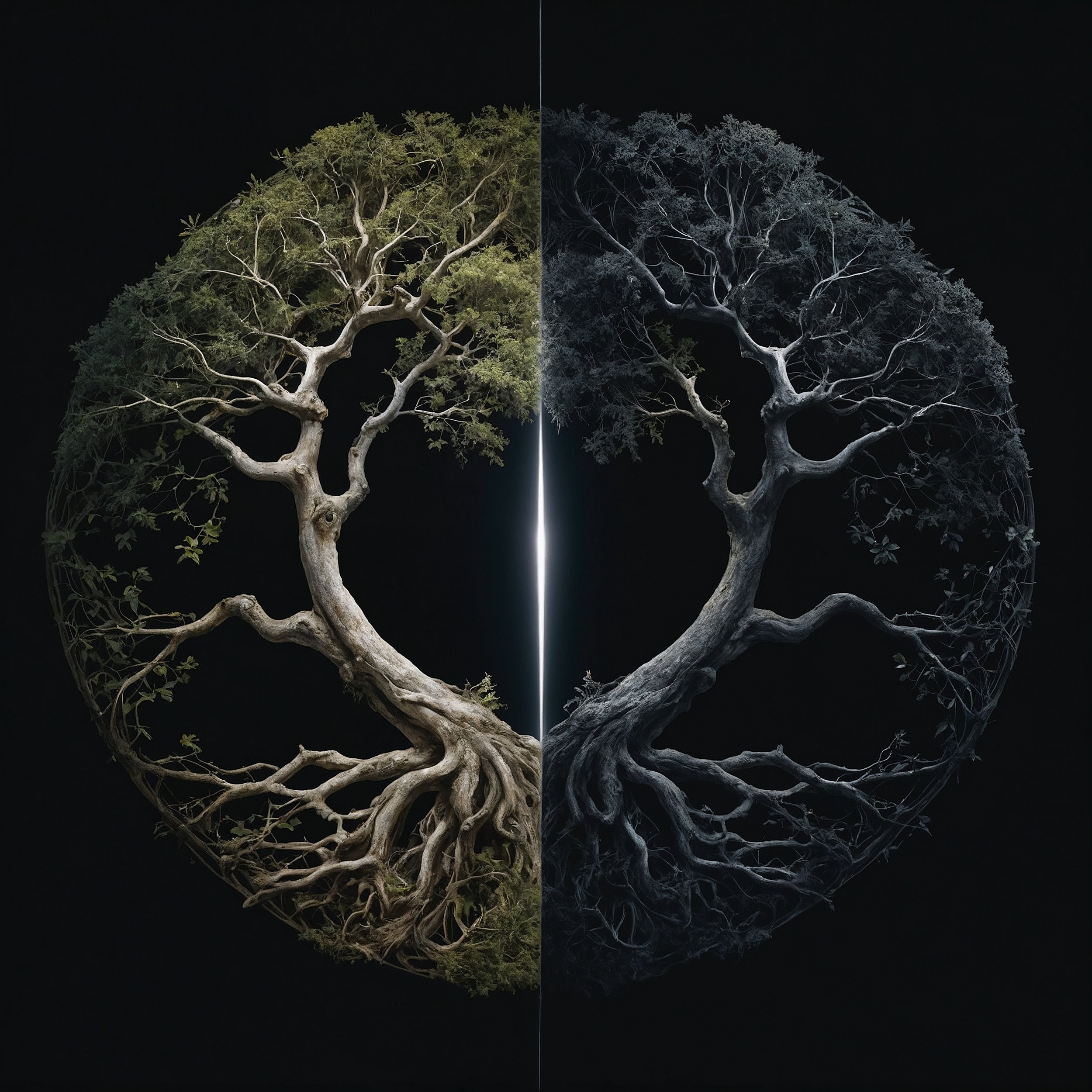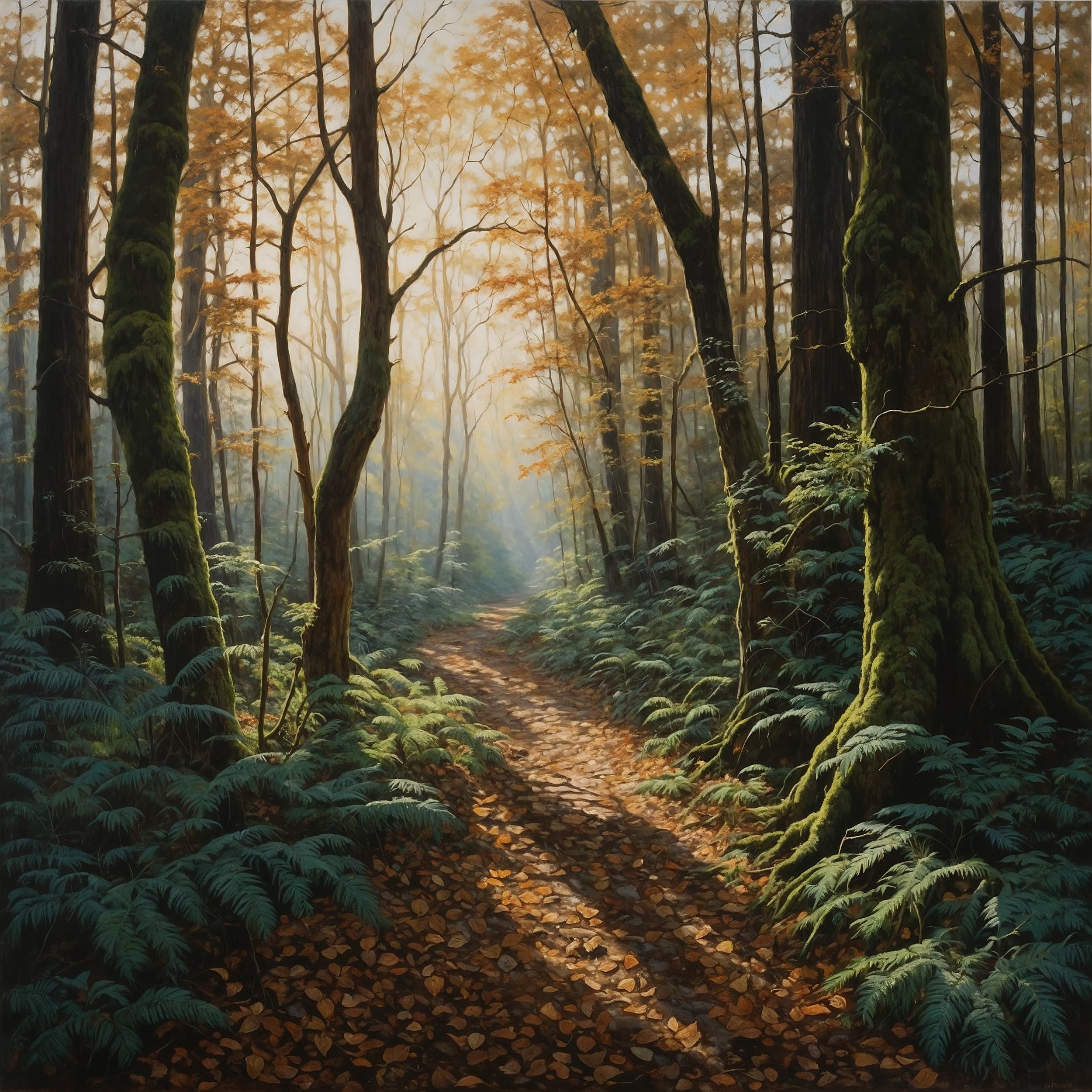Core Principles of Taoism: The Tao, Wu Wei, and the Balance of Opposites (Yin-Yang)
Have you ever felt caught in the constant push to control and perfect every part of your life?

Many of us find ourselves striving tirelessly, pushing forward in a world that seems to reward constant action and control. But what if there was another way—one rooted not in force but in flow, not in constant striving but in harmony? In Staoicism, we look to Taoism’s timeless principles, like the Tao (the Way), Wu Wei (effortless action), and Yin-Yang (balance of opposites), and merge them with Stoic acceptance, resilience, and purpose. Together, they guide us towards a balanced, mindful path that many of us have been searching for.
In this post, we’ll explore how these principles can help us create a life of calm, resilience, and intentional action. As we journey through the Tao, Wu Wei, and Yin-Yang, let’s consider how each idea applies to the real challenges and complexities we face in our lives. Here are three Staoic practices to bring this blend into daily living.
The Tao: The Way of Nature and the Universe

What is the Tao?
At the heart of Taoist philosophy is the concept of the Tao, often translated as "the Way." The Tao represents the natural order of the universe—a mysterious force that underlies everything, guiding the unfolding of all life. Many of us spend a lot of energy trying to control outcomes, shaping situations to fit our ideals. But Taoism invites us to consider a different approach: rather than pushing against the flow of life, we might instead move with it, trusting in the inherent balance and wisdom of the Tao.
In Staoicism, the Tao resonates with the Stoic principle of accepting the course of nature. Both philosophies guide us toward a calmer existence, reminding us that resisting life’s natural rhythm often brings unnecessary stress and a sense of misalignment. Embracing the Tao helps us find peace within life’s uncertainties, allowing us to navigate challenges with a sense of calm confidence. It’s a powerful shift from fighting circumstances to living in harmony with them.
Aligning with the Tao
To align with the Tao is to learn to trust life’s unfolding without the constant need to impose control. Imagine how it feels to swim with a current rather than against it—where each movement flows naturally, without exhausting effort. This gentle acceptance mirrors the Stoic principle of recognizing what we cannot control. In Staoicism, we explore how embracing life’s natural course offers a path to tranquility, as peace often arises not from changing the world around us but from letting it unfold as it will.

Practical Application
Reflection: Take a few moments each day to observe the natural flow in something around you—a conversation, a task, or simply the movement of nature itself. Notice how letting go of control can bring moments of calm and fresh insights.
Exercise: Try setting aside one day a week to practice non-interference. Let events unfold around you without attempting to influence them, and observe the sense of peace and openness that can arise from this approach.
Wu Wei: Effortless Action

Understanding Wu Wei
Wu Wei, often translated as "effortless action" or "non-doing," invites us to act without force or struggle. Many of us can relate to the feeling of overexertion—those moments when we push through tasks or decisions, only to feel drained and stressed. Wu Wei offers a different path: rather than straining, it encourages a natural, active presence in each moment, allowing us to engage in life without the unnecessary pressure to control or perfect.
Unlike passivity, Wu Wei embodies purposeful action that flows effortlessly. In Staoicism, Wu Wei aligns beautifully with Stoic resilience, where acceptance is an active choice instead of passive resignation. This practice of “flow” allows us to conserve energy and achieve outcomes that often surpass those created through sheer force. Much like Stoicism’s focus on inner clarity and mindful response, Wu Wei teaches us to be still within ourselves, helping us act from a place of calm resilience rather than immediate reaction.
Living with Effortless Action
To live by Wu Wei is to find the path of least resistance—tuning into a natural rhythm that guides us forward. This doesn’t mean avoiding all effort; instead, it’s about discerning where our energy is best applied, much like the Stoic practice of focusing on what we can influence. Wu Wei invites us to trust that sometimes, when we let go, things have a way of unfolding that our forceful actions might never achieve.

Integrating Wu Wei with Stoic Practice
Staoicism embraces Wu Wei by blending Stoic discipline with the natural flow of Taoist principles. Instead of fixating on outcomes, Staoicism encourages us to be fully engaged in each moment, trusting in life’s unfolding. This approach reminds us that stepping back and allowing clarity to arise can often reveal the best course of action.
Yin-Yang: The Balance of Opposites

Introduction to Yin-Yang
Yin and Yang symbolize the dance of opposites—the interplay of light and dark, passive and active, firm and gentle. In Taoism, these forces, though seemingly contradictory, are deeply interdependent. Just as day naturally transitions into night, each aspect finds its meaning in the presence of the other. Together, they create a dynamic balance that sustains and nourishes life, encouraging us to view opposites not as conflicts but as complements. In Staoicism, the concept of Yin-Yang aligns closely with the Stoic practice of temperance, where we seek balance, moderation, and harmony within ourselves. For many of us, this means recognizing areas where we may swing toward extremes—perhaps overworking or overindulging, resisting rest or resisting effort. By recognizing and harmonizing these opposites, we build resilience, cultivate wisdom, and adapt to life with greater ease and strength.
Applying Yin-Yang Balance
The principle of Yin-Yang invites us to balance states of action and rest, effort and surrender. In our own lives, this might mean balancing ambition with patience or the need for control with acceptance. Staoicism teaches us that strength often lies in flexibility and that true balance is achieved not by staying in one state but by moving fluidly between them. This balance helps us remain grounded, allowing us to respond thoughtfully to life’s demands without burning out.
Reflection: Consider an area in your life where you may be leaning toward excess or deprivation. Where might a little more balance bring a sense of harmony or ease?

Yin-Yang and Stoic Equanimity
Just as Yin-Yang reminds us of harmony within opposites, Stoicism brings us to equanimity—a calm, balanced state of mind where we are neither overly affected by highs nor lows. Together, these principles inspire us to cultivate a life grounded in stability and adaptability, where we can face challenges and embrace rest with equal grace. By engaging fully with life’s dynamic rhythms, we find that peace often arises in the balance between what appears to be opposites.
Practical Takeaways
In Staoicism, we bring together the core Taoist principles with foundational Stoic practices like acceptance, resilience, and purposeful action. This fusion offers us a path to mindful, balanced living that embodies the harmony between these two philosophies. As we explore this blend, we each take steps toward integrating these principles into our lives in ways that feel authentic and achievable. Here are three Staoic practices to help us bring this balance into daily life:
 |
 |
 |
|---|---|---|
| Embrace the Present Flow (Wu Wei + Stoic Acceptance) | Trust in the Natural Order (The Tao + Stoic Amor Fati) | Honor Cycles of Rest and Action (Yin-Yang + Stoic Self-Discipline) |
|
|
|
|
And what about you ?
How might embracing the Tao’s flow, practicing Wu Wei’s effortless action, or finding harmony through Yin-Yang bring more balance to your life? Let’s reflect on where you’re drawn to begin - whether by letting go of control, honoring the natural rhythm of rest and action, or simply trusting life’s unfolding. Which of these Staoic practices speaks to you, and how could you bring it into your day-to-day journey?
Share your reflections with us in the comments, and join our community of mindful explorers by subscribing to the Staoicism newsletter for more insights and shared wisdom.
🌊 The Ripple Zone
🔗 Navigate the Flow: Visit the Staoic Compass to find all insights in one place.
🎥 Watch the related video : Taoism, the Way of Balance – Discover Harmony in Life’s Flow [ … ]
📩 Stay in the Flow: Subscribe to our newsletter for weekly Staoicist wisdom.
💬 Share your thoughts below: How does this resonate with your journey?
